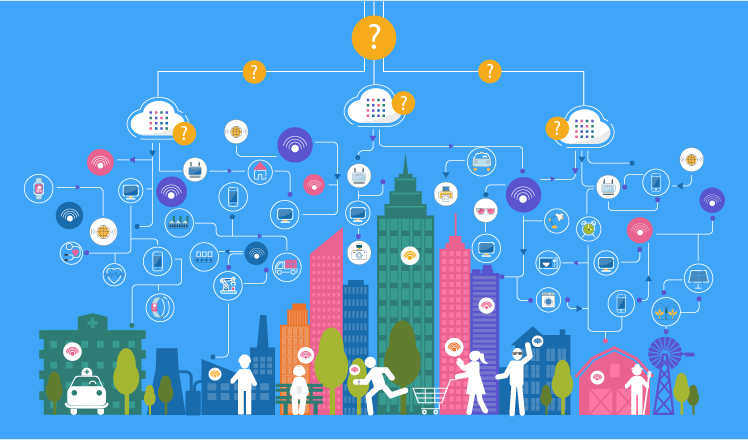What is big data analytics?
4 Years, 3 Months, 6 Days, 10 Hours, 6 Minutes ago

Big data analytics is the use of advanced analytic techniques against very large, diverse data sets that include structured, semi-structured and unstructured data, from different sources, and in different sizes from terabytes to zettabytes.
Big data is a term applied to data sets whose size or type is beyond the ability of traditional relational databases to capture, manage and process the data with low latency. Big data has one or more of the following characteristics: high volume, high velocity or high variety. Artificial intelligence (AI), mobile, social and the Internet of Things (IoT) are driving data complexity through new forms and sources of data. For example, big data comes from sensors, devices, video/audio, networks, log files, transactional applications, web, and social media — much of it generated in real time and at a very large scale.
Analysis of big data allows analysts, researchers and business users to make better and faster decisions using data that was previously inaccessible or unusable. Businesses can use advanced analytics techniques such as text analytics, machine learning, predictive analytics, data mining, statistics and natural language processing to gain new insights from previously untapped data sources independently or together with existing enterprise data.